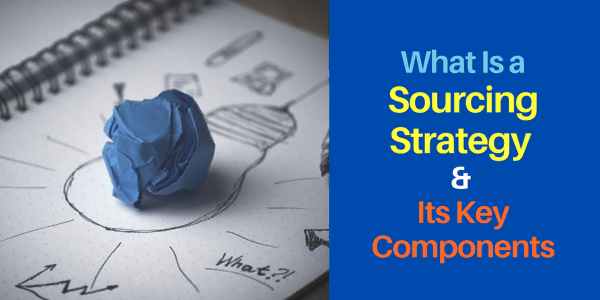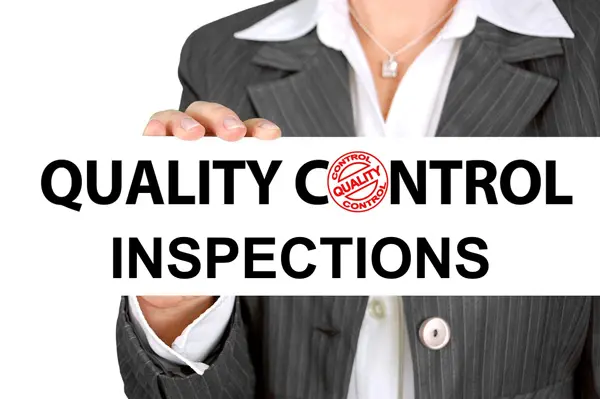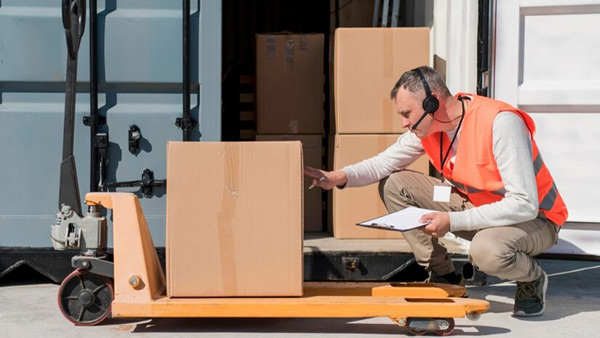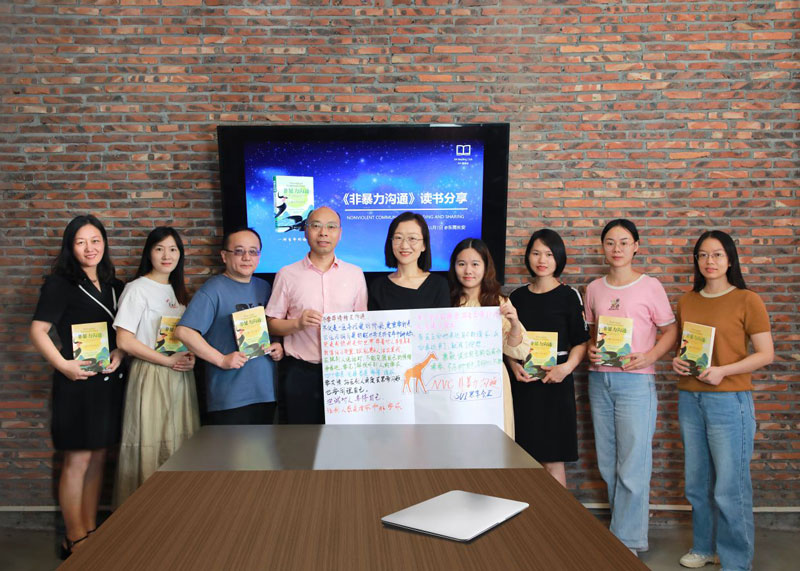What Is Packaging Quality Control & How to Minimize Quality Risks
- Date:
- Author: SVI Content Team
- Share:
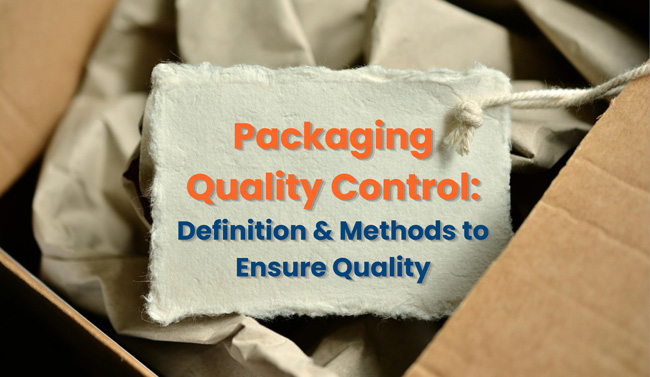
“Products shopped online arrive squished or damaged.”
“Your products are returned by customers as defects caused during shipment.”
Cases like these two are ubiquitous and chances are, a lack of quality control in packaging is to blame. Packaging is the silent ambassador of your brand. When done right, it safeguards your products and delights customers; when done wrong, it leads to shattered trust and drained profits.
In this article, we will discuss what packaging quality control (QC) is, how it impinges upon your business, what types of packaging materials you can use, and how to lower quality risks.
Part 1. What Is Packaging Quality Control?
Definition of Packaging QC
Packaging QC involves a series of management activities—including planning, organizing, testing, and controlling—in aspects such as product performance, durability, reliability, safety, and cost-effectiveness. These efforts ensure that the materials and processes used in packaging meet predefined safety and quality standards, and stand the test of the entire lifecycle of production, transportation, sales and consumption.
Why Is Quality Control in Packaging Meaningful?
As we know inadequate packaging can lead to product damage, regulatory issues, revenue loss and attrition of confidence. Having proper packaging quality control can guarantee:
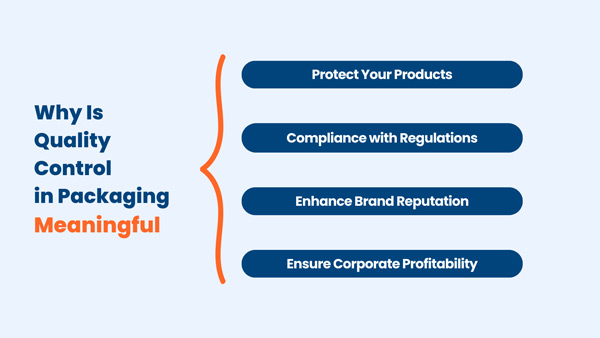
✅ Protect Your Products
The primary goal of packages is to protect your product. A sturdy package can prevent damage during shipping and handling. For example, a smartphone in a well-tested, shock-resistant package is far less likely to sustain damage during a drop test.
✅ Compliance with Regulations
Each region has distinct regulations regarding packaging. Packaging that meets local and international requirements, ensures your product is legally allowed in the market. If not, fines or bans will be the result.
✅ Enhance Brand Reputation
As the products are well-protected, customers will be glad to receive goods perfectly and boost confidence in companies, otherwise, damaged goods not only raise doubts and distrust between the customer and business but may also damage the brand reputation if negative reviews appear.
✅ Ensure Corporate Profitability
Quality control helps prevent product returns, recalls, and wasted materials, ultimately saving money.
According to the report by NRF (National Retail Federation) and Happy Returns, retailers estimate that 16.9% of their annual sales in 2024 will be returned and total retail returns are expected to reach $890 billion in 2024.
Even though the statistics of returns include different causes that include not merely packaging leads to product damage, it also reflect how returns and other operations costs will affect corporate profitability.
Part 2. Packaging Quality Control Across Industries
Each industry tailors its quality control processes to its unique challenges, but the underlying goal remains the same: to deliver products safely, reliably, consistently and sustainably.
1) Food & Beverage: Food packaging quality control has to do more than just hold the product. It must maintain freshness and prevent contamination.
Focus: material safety for food contact, contamination prevention, shelf-life trials
2) Electronics: Packaging QC in this sector should involve drop tests, vibration tests, and environmental simulations to make sure the sensitive components remain safe during transit. Any failure could result in costly returns.
Focus: static electricity protection, moisture resistance, shock damage for fragile components
3) Pharmaceuticals: Packaging in pharmaceuticals and medicine is a matter of life and death. Medicines and medical devices must remain sterile and effective until they reach end users.
Focus: Tamper evidence, temperature control, stability, sterility maintenance
4) Commodities: Commodity packaging often involves bulk goods that stress balance costs and quality. They are often stacked, so make sure the packaging can withstand compression and loadbearing to remain intact when stored in high volume.
Focus: cost-effectiveness, durability for transportation, product protection
5) Hazardous Goods: These goods require packaging that can contain leaks, resist chemical reactions, and comply with strict international regulations. Whether it’s flammable liquids or corrosive substances, the packaging must be robust enough to prevent any accidental reactions.
Focus: containment of hazardous materials, clear hazard communication, compliance, detailed labeling
Part 3. Common Types of Packaging Materials
1) Paper & Cardboard
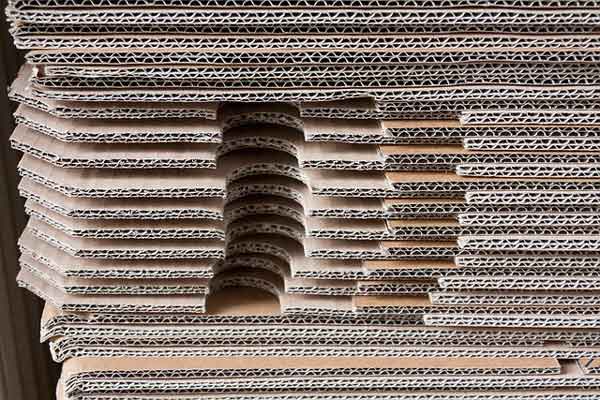
Pros: lightweight, affordable, easy to process and transport, versatile, customizable, recyclable
Cons: weak against moisture, less durable, limited barrier properties
Examples: corrugated cardboard boxes, paperboard, molded pulp, kraft paper, paper bags
2) Wood

Pros: sturdy and durable, ideal for heavy and bulky items; great physical protection, reusable
Cons: heavy, weak against moisture and bugs
Examples: pallets, crates, chipboard
3) Plastic
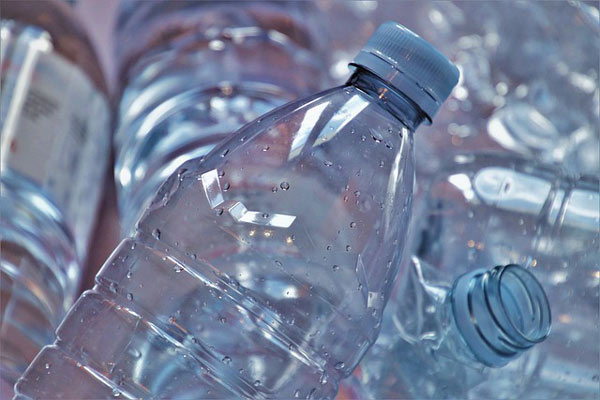
Pros: waterproof, lightweight, durable, cost-effective
Cons: non-biodegradability, fossil fuel-dependent production
Examples: bottles (PET), containers (HDPE), films, wraps (LDPE)
4) Glass
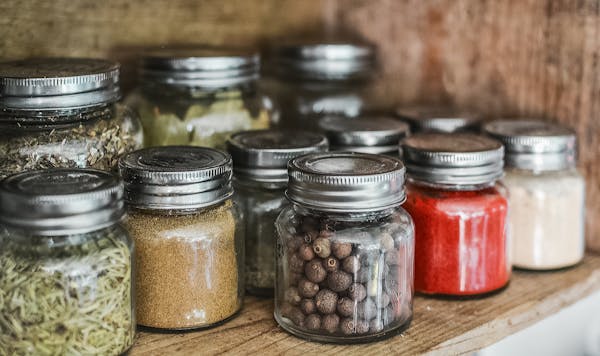
Pros: recyclable, excellent barrier properties, premium feel, non-toxic
Cons: heavy, fragile, higher production and transportation expenses
Examples: bottles, jars
5) Metal
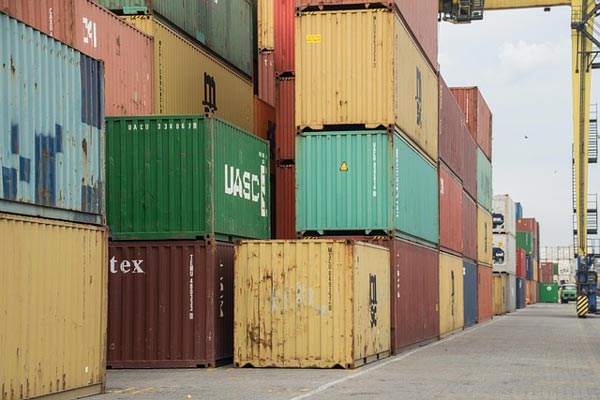
Pros: high protection, durable, recyclable, excellent barrier properties
Cons: heavy, expensive, potential for rusting
Examples: aluminium cans, steel containers, metal closures and caps
6) Protective Packaging Materials
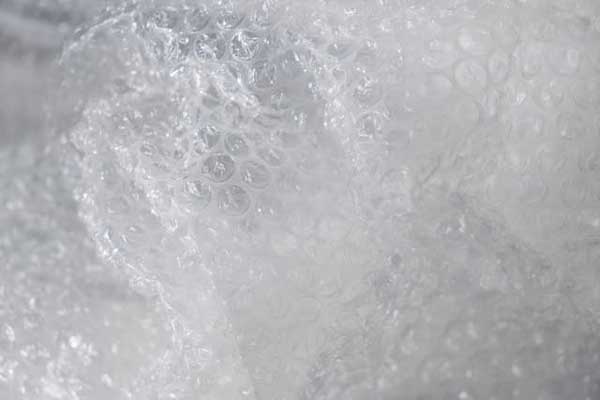
Pros: cushioning and shock absorption for fragile items, lightweight, cost-effective
Cons: unrecycled, single-use
Examples: foam, bubble wrap, air pillows, and foam peanuts, strapping bands
7) Biodegradable & Compostable Materials
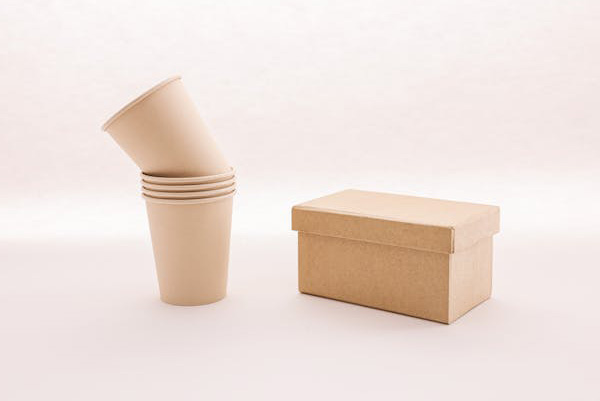
Pros: environmental-friendly, sustainable
Cons: higher costs, limited durability and availability
Examples: PLA (polylactic acid) containers, mushroom packaging, seaweed-based materials, cornstarch packaging
How to Decide the Right Packaging Material for Your Products
To determine the right packaging material for your product, consider:
✔ Product characteristics: Size, weight, fragility, and chemical composition.
✔ Transportation conditions: Mode of transport, duration, and potential environmental factors.
✔ Industry-specific requirements: For example, sterile packaging for medical equipment or ESD protection for electronics.
✔ Regulatory compliance: Ensure materials meet relevant standards and regulations.
✔ Cost-effectiveness: Balance protection needs with budget constraints.
Part 4. How to Reduce Uncertainties in Packaging Quality Control
Strategy 1. Confirm Packaging Specifications and Design

This step is crucial because 95% of quality risks are related to design. A vague design brief is like baking a cake without a recipe — messy and unpredictable.
Take your time to finalize and approve every detail of the packaging—dimensions, materials, colors, print accuracy, safety standards, and sustainability goals. A well-defined spec sheet acts as a blueprint to reduce miscommunication and errors.
Strategy 2. Check Out Design Pack and Review Samples
Always request pre-production samples and a design pack. This step allows you to verify the packaging whether matches your expectations. Moreover, Don’t just eyeball it — test samples and run real-world simulations: drop tests, temperature cycles, or compression trials.
If a sample pack shows a slight color deviation, address it immediately to avoid bulk production issues. It’s better to spot quality issues on samples than on 10,000 faulty packages after production.
Strategy 3. Keep Consistency of Packaging Materials
Consistent materials and standards can reduce unexpected performance during shipping and storage. A sudden change in packaging can impact durability, appearance, and even compliance with regulations.
For example, a factory switches from sturdy cardboard to flimsy one, only to find it broken faster when comes to bumps or rainy weather.
Strategy 4. Partner with Accredited Suppliers
Your packaging is as good as the people who make it. You won’t want your products recalled after receiving them. Working with suppliers that hold quality certificates or verified testing reports is essential. They provide an extra layer of assurance that packaging meets industry-specific standards and passes safety and quality benchmarks.
Strategy 5. Have a Standardized Checklist
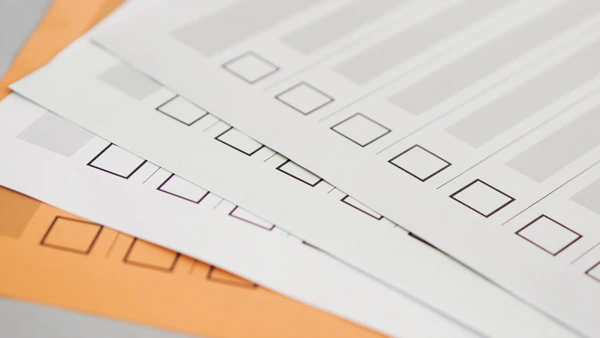
Develop a detailed packaging quality control checklist that covers every aspect of the packaging process—from raw materials to finished goods. This checklist should be used at multiple stages: before production, during production, and after production. It is like your roadmap to avoid any step being overlooked.
Strategy 6. Engage Professional Third-Party Testing Team
A third-party testing team provides an impartial assessment of packaging strength, material quality, and compliance. Their expertise helps spot flaws you’d miss and reduce lead time in production. A second set of eyes never hurts, especially when those eyes belong to trained professionals.
Strategy 7. Continuous Monitoring and Improvement

Track KPIs (defect rates, waste) and review customer feedback and production reports to make improvements where needed. Quality control in packaging industry is an ongoing process. To stay proactive, only with this iterative approach reduce uncertainties and meet your needs.
Wrapping Up
While packaging needs vary across industries, the core goals remain universal: protecting your products and aligning with legal compliance. This is why robust packaging quality control is paramount when partnering with suppliers.
You will face challenges like packaging safety assurances, color deviation management, and materials selection. But with the right strategies, you’ll minimize risks, avoid costly adjustments, and create packaging that not only meets regulations but exceeds your expectations.
At SVI Global, a trusted supply chain management company, we help you manage production and solve packaging issues. Our experts handle your orders and guarantee your packaging is correct and consistent with your product standards. By improving your packaging QC, you invest in trust, reliability, and ultimately, customer satisfaction. Let’s make quality your competitive edge.

